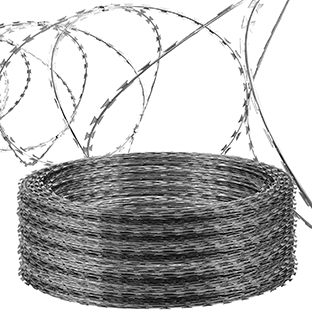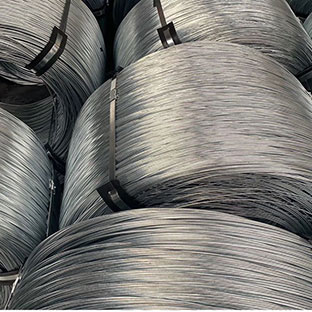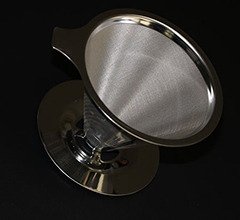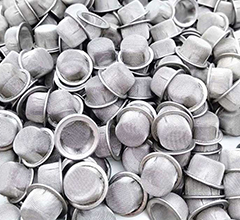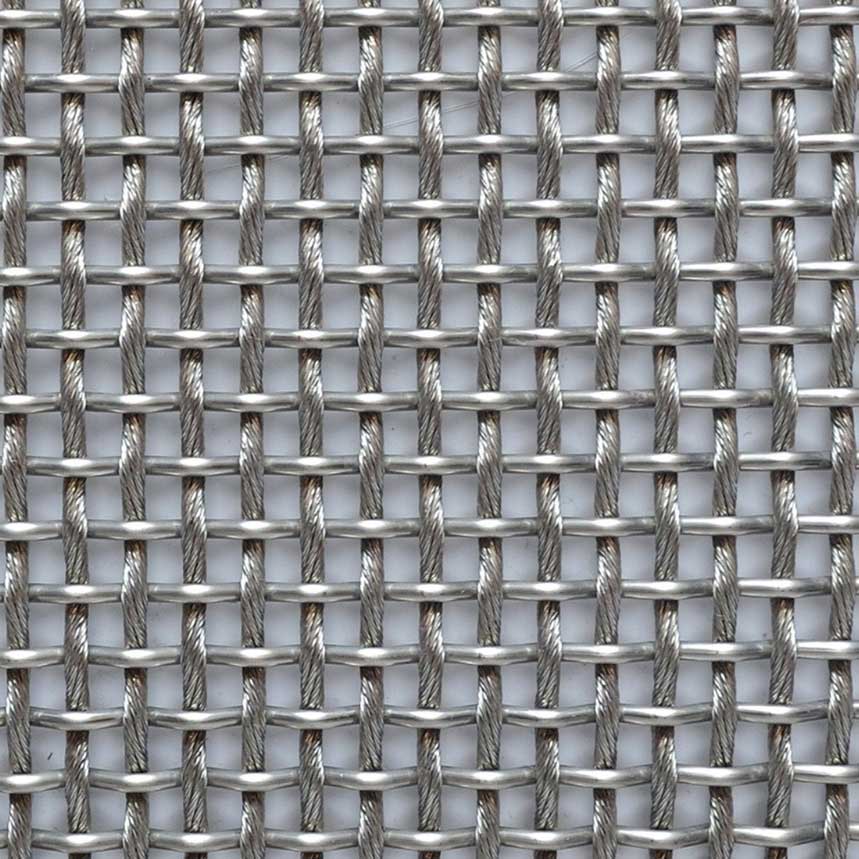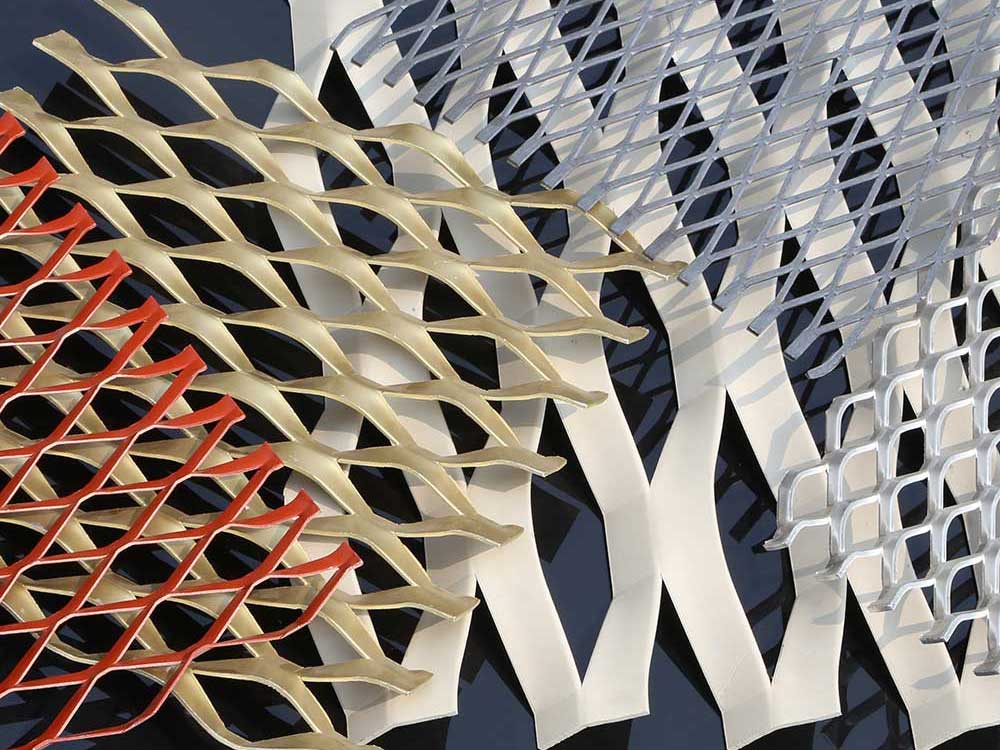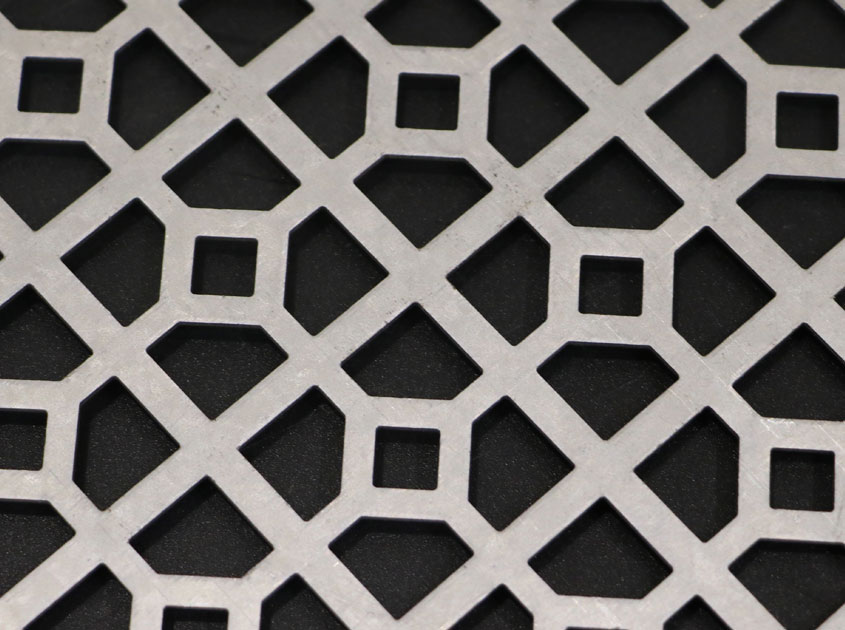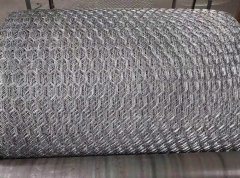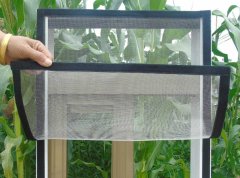Galvanized Wire Mesh is a versatile and reliable material that has become a staple in various construction and landscaping projects, particularly for fencing. When it comes to creating a secure and functional perimeter, combining galvanized wire mesh with well-designed gates can provide a seamless and convenient entrance and exit solution. In this guide, we will delve into the process of installing a galvanized wire mesh fence and gate, highlighting the steps and considerations that ensure a smooth and hassle-free experience.
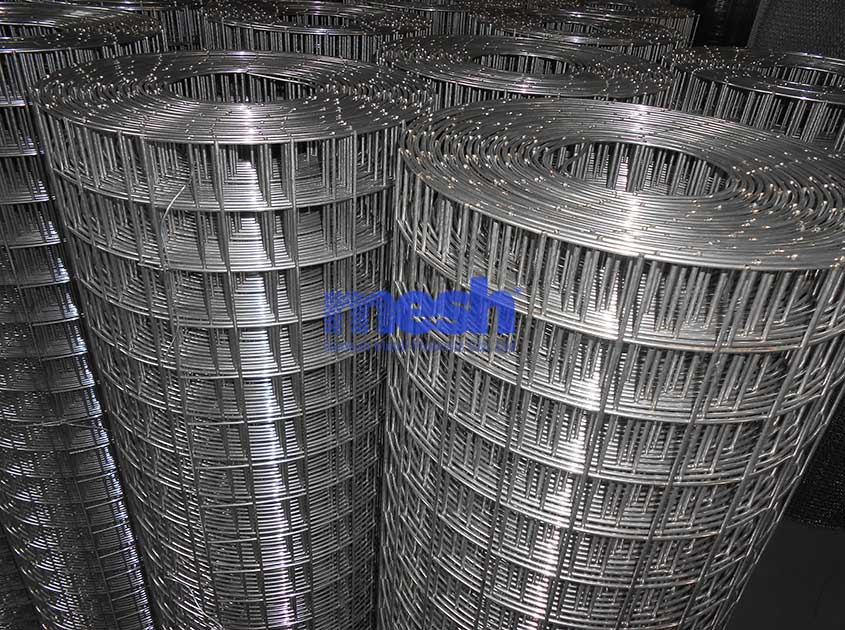
The Power of Galvanized Wire Mesh Fencing
Before we pe into the installation process, it's important to recognize the strengths of galvanized wire mesh fencing. The zinc coating on the mesh provides exceptional corrosion resistance, making it an excellent choice for outdoor applications. Whether you're fencing off a residential property, securing a commercial space, or defining an industrial area, galvanized wire mesh offers durability, strength, and longevity.
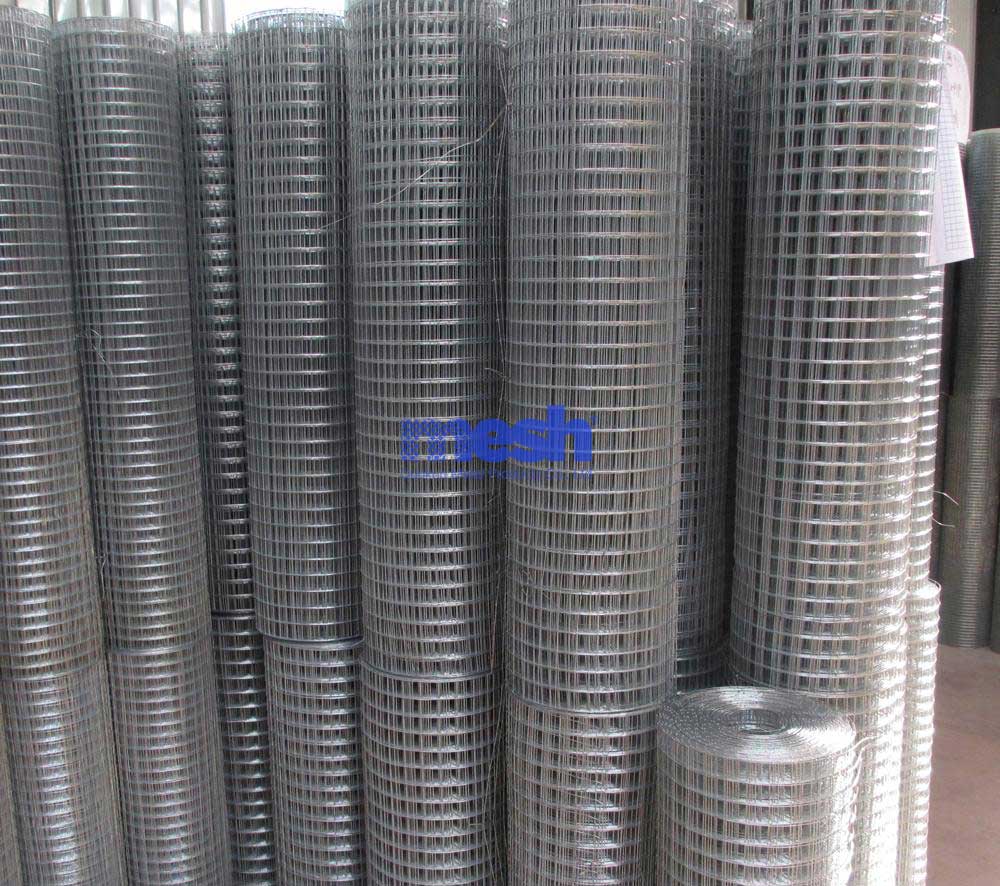
Planning and Designing the Fence and Gate
A successful installation begins with thorough planning and thoughtful design. Consider the purpose of the fence—whether it's for security, privacy, aesthetics, or a combination of factors. Determine the layout of the fence line, the number of gates required, and their strategic placement for convenient access. Taking the time to plan will ensure that the final result meets your needs and enhances the functionality of your space.
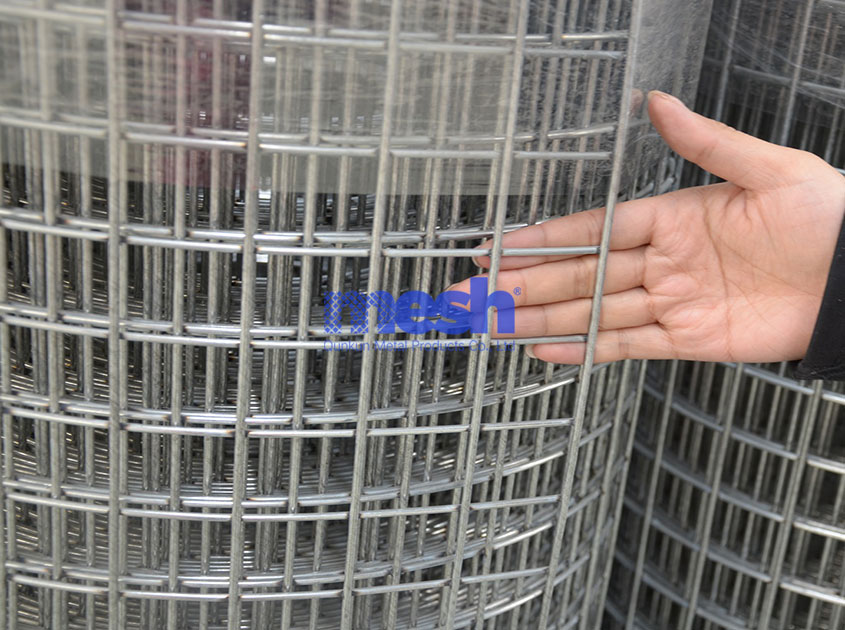
Choosing the Right Gate Design
The gate serves as the entry and exit point of your fence, so selecting the right design is crucial. Various gate styles, such as sliding gates, swinging gates, or double gates, offer different advantages depending on the available space and usage. Additionally, the gate's height, width, and latch mechanisms should be chosen with consideration for the intended purpose and users of the entrance.


.jpg)




.png)






































